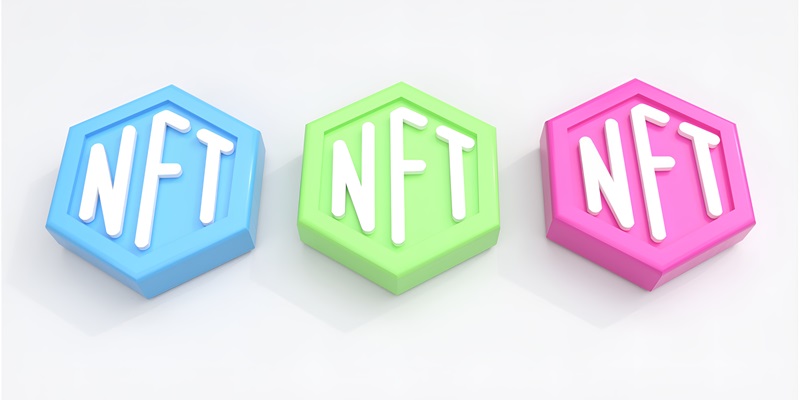In recent years, the world has witnessed the rise of Non-Fungible Tokens (NFTs), revolutionizing the way we perceive and interact with digital assets. NFTs represent a type of digital asset that is indivisible, irreplaceable, and unique, granting them unparalleled value and significance. Each NFT carries metadata, which can include images, videos, audio files, or even virtual reality experiences, making them distinctive and valuable in the digital realm.
Blockchain technology and NFTs
NFTs owe their existence and authenticity to blockchain technology. This transformative innovation utilizes cryptographic techniques to secure transactions and verify the ownership of digital assets. By leveraging the transparency and immutability of the blockchain, NFTs ensure a robust and tamper-proof record of ownership.
Decentralization in the NFT space
One of the fundamental concepts behind NFTs is decentralization. Traditional art markets often rely on intermediaries such as galleries, agents, or auction houses. However, NFTs empower artists and creators by eliminating the need for such intermediaries, allowing them to directly connect with their audience. This new paradigm fosters a more democratic and inclusive creative economy, where artists can retain greater control over their work and receive fair compensation for their efforts.
Environmental concerns in the NFT space
While NFTs offer unparalleled opportunities for artists and collectors, there are concerns about their environmental impact. The energy consumption associated with blockchain networks, particularly those utilizing the Proof of Work (PoW) consensus mechanism, has raised alarms about carbon footprints. However, the blockchain community is actively exploring eco-friendly solutions such as the transition from PoW to Proof of Stake (PoS) consensus mechanisms, which significantly reduce energy consumption.
Applications of NFTs
NFTs have extended their reach beyond the realm of art and collectibles, finding applications in diverse areas. In the real estate industry, NFTs have enabled the tokenization of physical assets, such as properties or rare collectibles. This innovation facilitates fractional ownership, making high-value assets accessible to a broader range of investors.
Virtual worlds have also embraced NFTs, allowing users to create, trade, and own unique digital assets within immersive environments. This convergence of virtual and physical experiences has unbounded creativity and transformed entertainment, enabling individuals to monetize their virtual creations, avatars, and virtual real estate. NFTs have also streamlined intellectual property rights, ensuring digital creators receive proper recognition and compensation for their work. Artists can attach licenses and royalties to their NFTs, guaranteeing ongoing earnings and control over their creations in the digital realm.
The Future of NFTs
As blockchain technology continues to evolve, the future of NFTs holds immense promise. The integration of NFTs with Internet of Things (IoT) devices opens up avenues for unique interactions and ownership of physical objects. Imagine owning an NFT that grants you access and control over your smart home or a virtual representation of your favorite real-world collectible accessible through augmented reality (AR) technology. Additionally, the bridging of the physical and digital worlds through NFTs creates exciting possibilities. By tokenizing physical assets and attaching them to NFTs, individuals can buy, sell, and trade these assets with ease, unlocking a whole new dimension of value and liquidity.
Non-Fungible Tokens have transformed the digital landscape, offering unparalleled opportunities for artists, collectors, and investors. By combining blockchain technology, decentralization, and innovative applications, NFTs have altered the way we perceive and interact with digital assets. While environmental concerns persist, the blockchain community is actively working towards eco-friendly solutions. As the future unfolds, the integration of NFTs with IoT and AR technologies promises to bridge the gap between the physical and digital worlds, creating a dynamic and interconnected digital economy.

